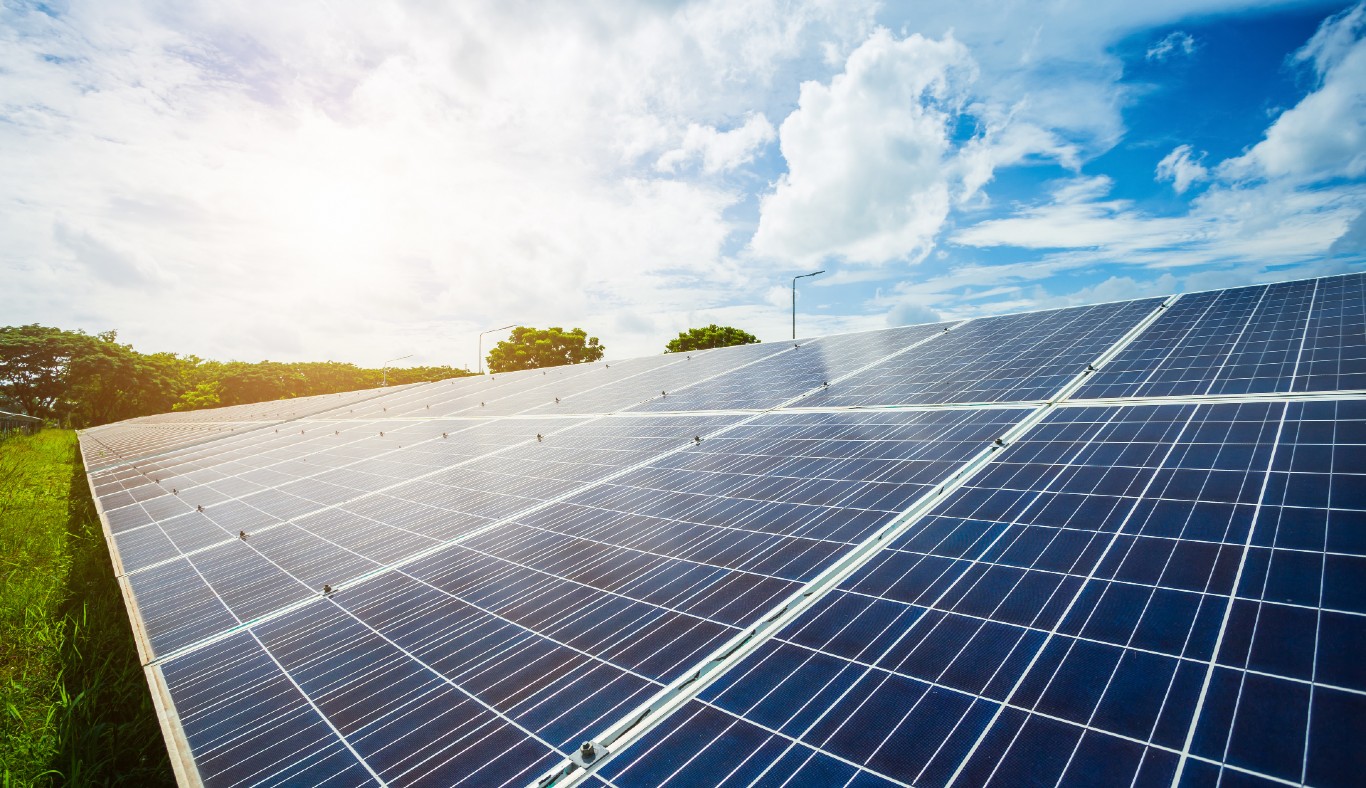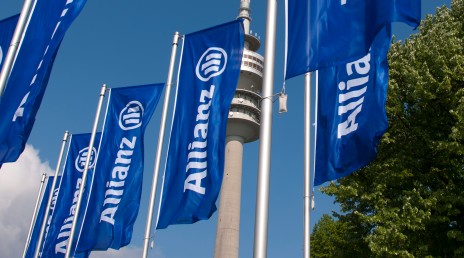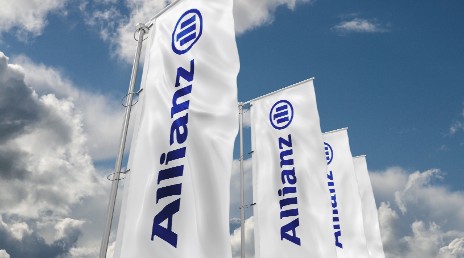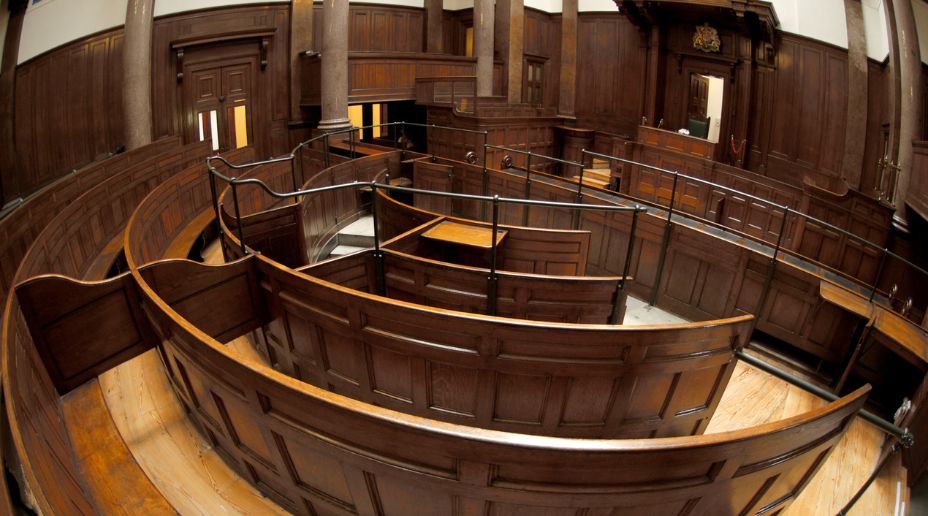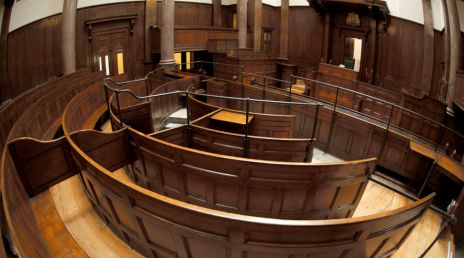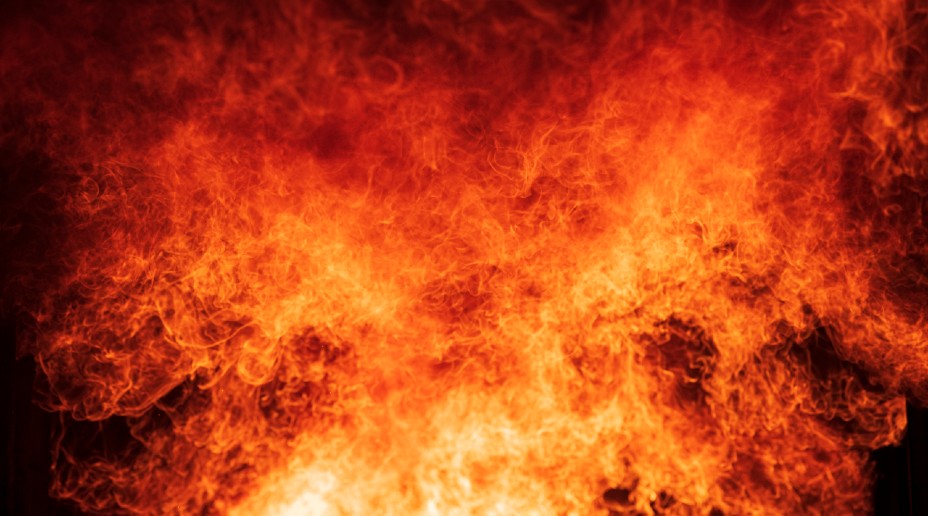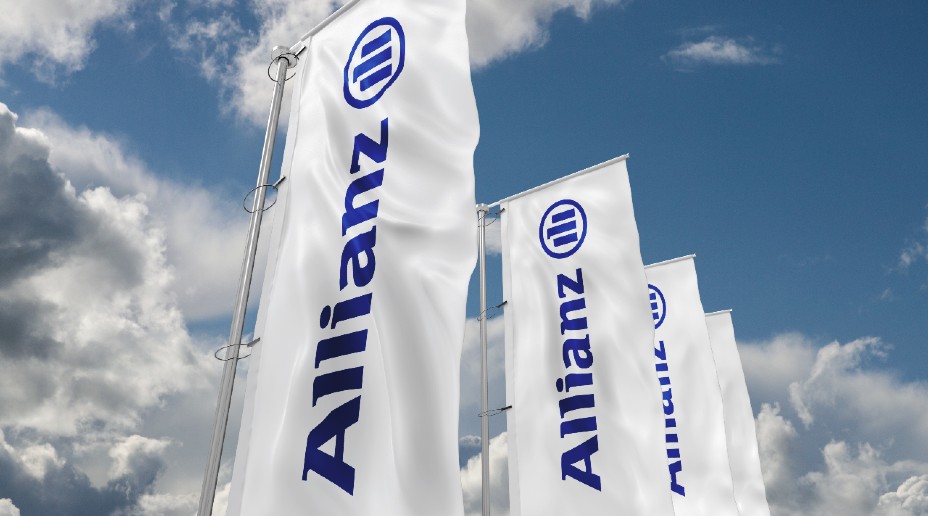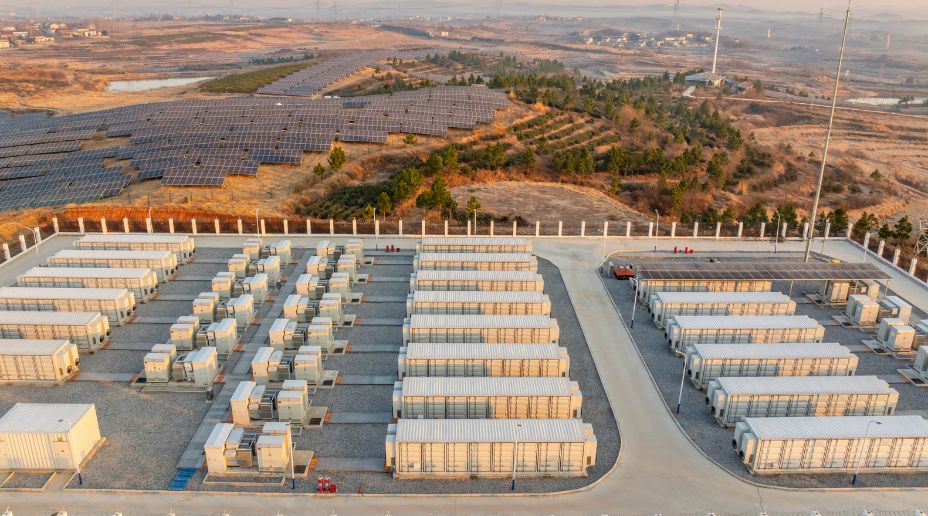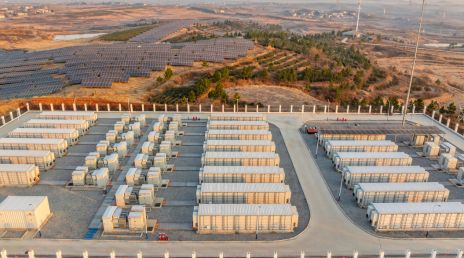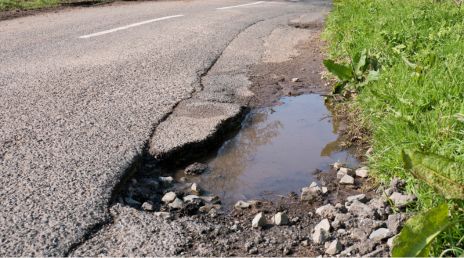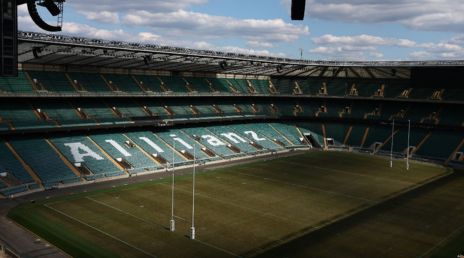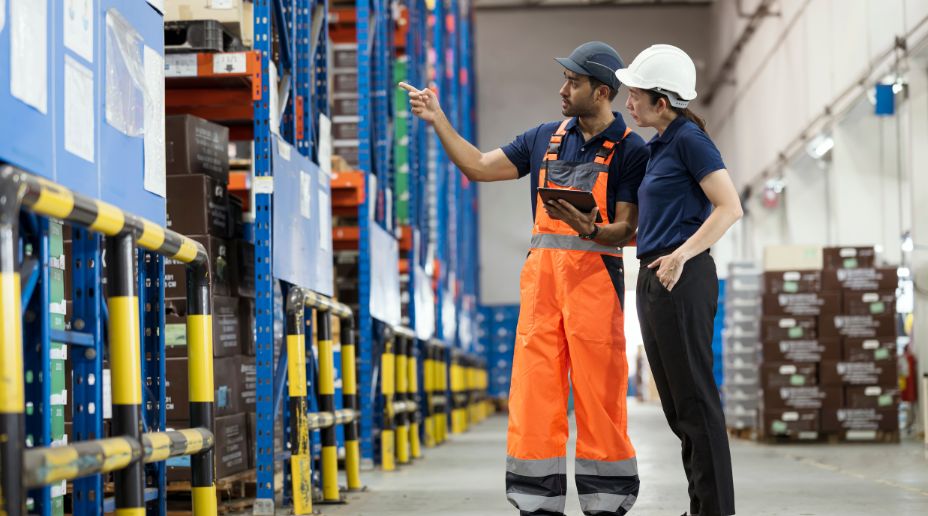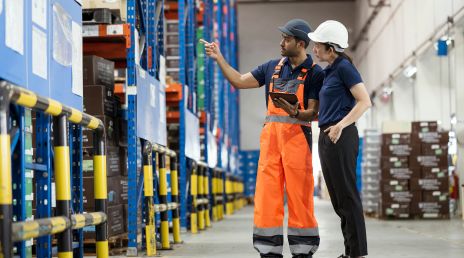The use of green energy is crucial in the fight against climate change and it’s clear that renewable energy sources will gain prominence over the coming years as technology improves. This is a very good thing.
Solar panel systems are now an increasingly popular choice. According to the Microgeneration Certification Scheme there were 130,596 solar systems mounted on UK rooftops in 2022. This is around double the number installed the previous year.
The risks associated with the use of renewables are often overlooked and this poses serious problems for insurers. However, we are keen to support our customers and to provide guidance on how photovoltaic solar panel systems can be installed and used safely. There are now two risk management guides that are free to download from the Fire Protection Association to help.
1. Severe weather
It’s sadly ironic that the solar farms which have been introduced as a way to mitigate the effects of climate change are now falling victim to the same severe weather conditions that they are designed to alleviate.
We’re seeing an increase in the number of extreme weather events across the globe and these can spell disaster for solar farms. In 2021, Storm Arwen wreaked havoc at a solar farm near Wolviston, smashing hundreds of glass solar panels and damaging rows and rows of photovoltaics.1
2. Maintenance problems
Micro-cracking, or micro-fractures, can occur in solar panels when panels are subject to strong wind forces. The silicon used is very thin and when it expands and contracts, or when it’s damaged by wind or falling debris, it can crack, making the panel less efficient at absorbing light and storing energy. Dust and water may also travel into the cracks, further harming the effectiveness of the panels.
There is also an issue with the longevity of solar panels. Solar power installations should be lasting 40-50 years, but due to weather damage and issues with materials and construction, they are currently only lasting for 20. It’s clear that unless these issues are resolved, it’s going to be difficult for solar farms to reach their energy producing potential.

3. Theft
4. Planning issues
As with all new potential developments, solar farms are subject to planning regulations and these can be difficult to navigate. Ground mounted solar PV projects over 50kw should ideally be located on brownfield sites, or on agricultural or industrial land, avoiding cropland where possible. It’s also important that solar farms do not adversely impact the visual aspect of landscapes and so should be flat and well-screened. They should not negatively affect domestic properties or road access either.
This means that planning applications for solar farms can take a long time to be approved, and construction times can be longer due to the location and terrain. These delays can incur additional business costs and could involve higher insurance premiums given the type of land that is being utilised for the development.

5. New floating solar panels
Floating solar panels are solar panels that are mounted on a structure that floats on water and, in the main, are a great innovation as they don’t take up valuable land space and can be up to 15% more efficient than terrestrial farms.3
However, as it’s a new technology, these types of solar farms require specialist equipment and therefore cost more to construct and install than similar sized farms that are located on solid ground. They can also have issues with moisture and water droplets collecting inside the cables which reduces the amount of sunlight hitting the panels, making them less efficient. Water ingress is also problematic as it can lead to major power losses and potential safety hazards, again increasing the risks associated with this type of renewable.
Looking to the future and more information
As solar power gains prominence over the coming years it’s important that the standardisation of testing, energy conversion, use of materials, and health and safety practices are applied consistently across the sector if we want to reduce the risks involved in the harvesting of green energy, and see these installations achieve their full potential.
Whether you are looking to take avantage of cheaper electricty or wanting to choose a greener option, we are keen to support our customers and to provide guidance on how photovoltaic solar panel systems can be installed and used safely. If you'd like more information there are two risk management guides that are free to download from the Fire Protection Association:
The rooftop mounted solar systems guide highlights the hazards associated with PV solar panel installations and provides risk control recommendations.
Recommendations for fire safety with PV solar panel installations is a joint code of practice for fire safety with photovoltaic panel installations, with a focus on commercial rooftop mounted systems, but it has lots of guidance for solar panel systems in general too.
